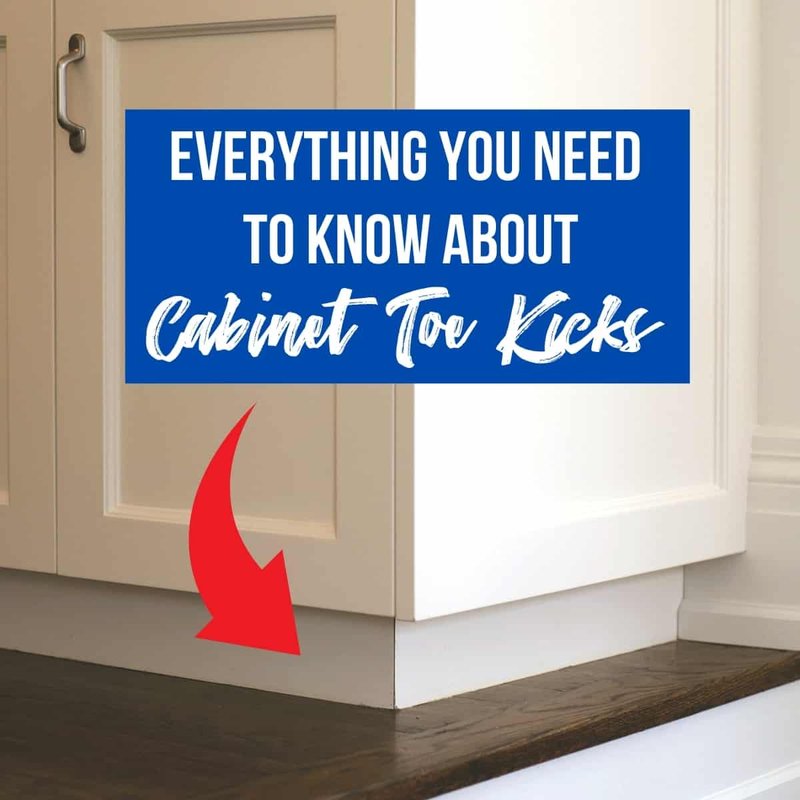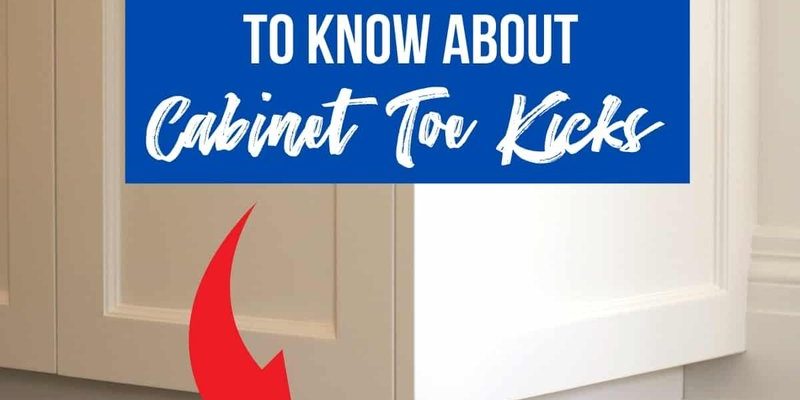
Honestly, fixing a loose kick plate isn’t rocket science, but it can feel intimidating the first time. There’s this awkward moment when you’re standing there with a screwdriver, hoping you won’t make it worse. But here’s the thing: with the right tools and a little patience, anyone—yes, even if you’ve never picked up a drill in your life—can repair a kick plate that’s coming loose from the bottom edge. No need to call in a pro unless the whole door is falling off its hinges.
Why Kick Plates Come Loose and Why You Should Fix Them
Kick plates might not seem like a big deal, but they actually protect your door from tons of daily wear. Over time, those screws or adhesive strips holding them on can loosen up. Sometimes the holes strip out, or the metal just gets bent from too many run-ins with boots and backpacks. Other times, moisture sneaks in and makes wood doors swell, pushing the plate away.
You might be wondering if it’s really worth the trouble to repair a kick plate that’s coming loose from the bottom edge. Here’s why it is: a loose plate isn’t just an eyesore. It can let in dirt and moisture, make it harder to close the door smoothly, or even scratch your floors as it drags. If you ignore it, the damage can get worse, especially if the screws rip out chunks of the door. Fixing it now saves you way more hassle later.
Most brands and types—like Stanley, Schlage, or Baldwin kick plates for wood, metal, or hollow-core doors—use similar attachment methods, so the repair process works across the board. Universal kits are handy, but you’ll usually stick with whatever hardware your kick plate came with.
Tools and Materials You’ll Need for the Repair
Before you start, make sure you have the right stuff. You don’t need anything fancy—just basic hand tools and simple supplies most folks have at home. Here’s what you’ll want on hand:
- Screwdriver (Phillips or flathead)—matches your kick plate screws
- Extra screws—just in case any are stripped or missing
- Wood filler or toothpicks and glue—for stripped screw holes in wood doors
- Drill with bit—helpful for making pilot holes or fixing stripped holes
- Adhesive (if your plate is glued)—like construction adhesive or double-sided tape
- Rag and cleaner—to wipe down the area before reinstalling
If your kick plate is attached with adhesive only (common on metal or lightweight doors), you might not need the drill. For really old hardware, having a set of needle-nose pliers can help work out stubborn, rusted screws. It always pays to have everything ready before you jump in—digging for tools halfway through isn’t fun.
Removing the Loose Kick Plate Without Damaging the Door
First things first: you’ll want to get the kick plate fully off so you can fix it properly. Here’s how to do that without scratching up your door or making things worse.
If your kick plate is screwed on, use the right screwdriver and go slow. Hold the plate steady as you unscrew, so you don’t twist or bend the metal. If a screw spins but doesn’t come out, that’s a hint the hole is stripped—don’t worry, we’ll tackle that soon.
For plates attached with adhesive, gently pry it off with a flathead screwdriver or a plastic putty knife. Start at one edge and go slow—if you force it, you might peel up the door’s finish. Sometimes you’ll run into stubborn spots where the glue is hanging on for dear life. That’s normal. A little patience (and maybe a squirt of adhesive remover) goes a long way.
Once the kick plate is off, take a close look at both the plate and the door. Are the screw holes stripped? Is the plate bent or warped? Spotting these problems now helps you decide how to repair things so it stays put the next time.
Taking your time during removal keeps everything in better shape for the reinstallation. Rushing just leads to bent metal and chipped doors—trust me, I’ve learned this the hard way.
How to Repair Stripped Screw Holes in Wood Doors
One of the most common issues when you repair a kick plate that’s coming loose from the bottom edge is that the screw holes in the door are stripped out. This happens when screws spin in place but don’t grab onto wood anymore.
Let me explain how to fix that so your screws have something solid to hold onto again:
- Toothpick and glue trick: Squeeze some wood glue into the stripped hole. Stick in a few wooden toothpicks (break off the ends so they’re flush). Let the glue dry, then put the screw back in. It’ll feel as solid as new.
- Wood filler method: Squirt wood filler into the hole. Overfill it just a bit and let it dry completely. Once it’s hard, drill a small pilot hole and reinstall the screw.
- Bigger screw option: If you’re in a hurry, sometimes using a slightly wider screw works—but only in a pinch. Too big and you risk splitting the door.
If your plate attaches to a metal or hollow-core door, you may need special anchors or switch to an adhesive method. Honestly, the toothpick trick works almost every time for wooden doors, and it’s dirt cheap.
Prepping the Kick Plate and Door for Reinstallation
Here’s where it pays to slow down and do a little prep work. Don’t just slap the plate back on—take a moment to clean everything up first.
Start by wiping down the door and kick plate with a damp rag. Get rid of dust, old glue residue, and any grit that’s built up. If there’s leftover adhesive, use a bit of adhesive remover or even gentle scraping with a putty knife. You want a smooth, clean surface for a tight fit.
If the kick plate itself is bent out of shape, you can try straightening it by gently pressing it against a flat surface. For heavier scuffs or rust spots, a quick buff with steel wool or a fine sanding sponge works wonders. Make sure everything is dry before you move on.
If you needed to fill holes or glue toothpicks in, make sure the repairs are completely dry and solid before you drill any new holes or screw the plate back in. This tiny bit of patience will pay off in a sturdy, rattle-free finish.
Reattaching the Kick Plate: Screws vs. Adhesive
Now you’re ready for the main event—actually putting the kick plate back on. You’ve got two main options here: screws or adhesive. The best method depends on your door type and how the plate was attached before.
Screw method:
Line the plate up exactly where it was before (or use old paint lines as a guide). Hold it steady and start the screws by hand, making sure they go into solid wood or into the holes you just fixed. Use your screwdriver (or a drill on low speed) to tighten the screws until snug—don’t overtighten, or you’ll risk stripping the holes again.
Adhesive method:
If your plate is designed for glue, squeeze a thin, even bead of construction adhesive or lay out strips of double-sided tape. Press the plate into place and hold it for a minute or two. Sometimes a couple of pieces of painter’s tape help keep it from sliding while the glue sets.
Whichever method you use, double-check that the plate sits flush and doesn’t block the door’s movement. A crooked kick plate isn’t just ugly—it can scrape your floors or catch on rugs every time you open the door.
Preventing Future Problems and Making the Repair Last
You’ve fixed the issue—but how do you keep your kick plate from coming loose again next year? There are a couple of simple tricks that really work.
- Check the screws every few months: Sometimes all that’s needed is a half turn with the screwdriver to keep things tight.
- Use quality hardware: If you replaced screws, choose ones that won’t rust or snap. Stainless steel and brass cost a bit more but last much longer.
- Keep the area clean: Dirt and grit can work their way under the plate or into screw holes, making things loosen faster.
- Consider a new kick plate: If yours is warped or repeatedly comes loose, it might be time for a fresh one, especially if the door itself is in good shape.
If you’re often moving heavy stuff in and out, or you have pets that love scratching the door, a thicker or wider kick plate might give you longer-lasting protection. There are even decorative options if you’re looking to upgrade your front entry without replacing the whole door.
When to Consider Professional Help or Replacement
Sometimes, despite your best efforts, the repair doesn’t stick—or you find bigger problems lurking behind the kick plate. Here’s when it’s smart to call in a pro or look at replacing the plate (or even the whole door):
- The door is rotten or severely damaged under the plate. Moisture can get trapped and cause real harm over time, especially with wood doors.
- The screws or adhesive won’t hold for more than a few weeks. This might mean the underlying structure is weak or hollow, and regular fixes just won’t last.
- The kick plate itself is bent, corroded, or doesn’t fit right. New plates aren’t expensive and can update your entry’s look instantly.
If you do go the replacement route, universal kick plate kits are easy to find at most hardware stores and install with just a screwdriver. For particularly fancy or custom doors, you can order specific branded plates that match your door style (like Schlage or Baldwin).
But honestly, most folks will never need to go that far—a careful repair is usually all it takes to get your kick plate looking and working like new, without needing a code to unlock some secret DIY club.
Final Thoughts on Repairing a Kick Plate That’s Coming Loose
Dealing with a kick plate that’s coming loose from the bottom edge isn’t the kind of home repair anyone looks forward to. But once you know what’s involved, it’s surprisingly easy to tackle—even for total beginners. The keys are patience, thorough prep, and a little attention to detail. Once you get your kick plate reattached, your door will look tidier, work more smoothly, and stand up better to all the bumps and bruises daily life throws at it. Ultimately, a simple repair like this saves you from bigger headaches down the road and keeps your home looking sharp—right down to the bottom edge.
